5 Greek Islands that Shine in September
Discover Greece’s islands in September with...
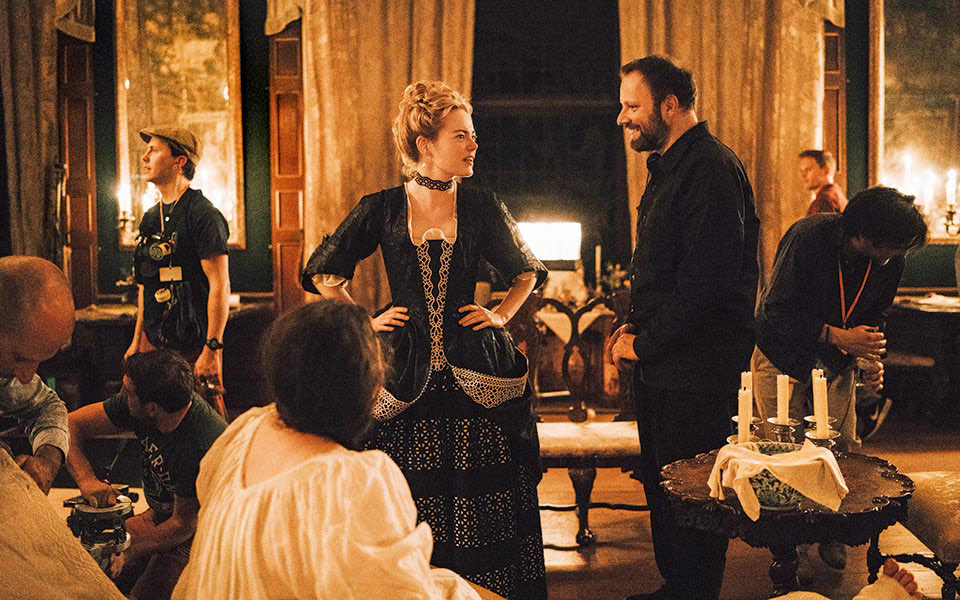
Queen Anne, the last monarch of the Stuart dynasty, succeeded the to the throne following the death of William III (William of Orange), and reigned from 1702 until her early death, at the age of 49, in 1714. Her reign was characterized by important political changes such as an increase in the influence of parliament, and by the creation of Great Britain through the union of England and Scotland.
Yet still, historians describe her as a woman who struggled with decisions; a queen who was often swayed by her favorites among the ladies in her court. This detail inspired Yorgos Lanthimos in the creation of the film The Favourite, now nominated for ten Oscars.
Out of its ten nominations, the film can receive a maximum of nine awards, as two actresses, Rachel Weisz (who plays Lady Sarah Churchill, Duchess of Marlborough) and Emma Stone (who plays Abigail Masham), are both nominated for Best Supporting Actress for their performances in the film.
Both characters existed in real life; in fact, Sarah was an ancestor to Winston Churchill and Diana, Princess of Wales. In the starring role of the queen is Olivia Colman, who has been nominated for Best Actress for her memorable performance. She plays a ridiculous queen; a sickly and indecisive woman who is sometimes lovable and sometimes hysterical, drawn to gluttony and passion, an acrobat on a tightrope pulled taut between paranoia at the one end, and unbearable sadness at the other.
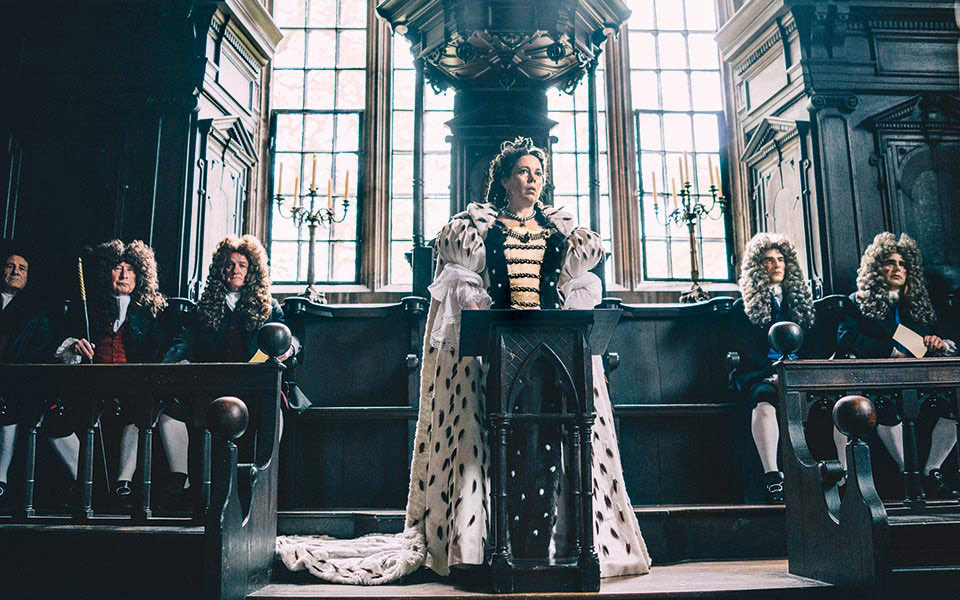
Olivia Colman as Queen Anne in "The Favourite".
© 2018 Fox Searchlight Pictures
“We kept it historically correct in many aspects, and we were inspired by real people, but at the same time we wanted to create something autonomous,” Australian author and screenwriter Tony McNamara said, who worked on an older script by Deborah Davis, which had caught Lanthimos’ eye years ago.
As such, while the characters are based on real people and the historical context is accurate, many details are invented, or at least altered – which is perfectly acceptable, of course, since the movie is fictional. For example, it’s not considered very likely that the queen really had erotic affairs with any woman, as she does in the movie, nor is there evidence that she kept 17 rabbits in her room – one for each of her ill-fated pregnancies. Although it is true that she conceived 17 times; some of her pregnancies ended in miscarriage, in other cases the baby was stillborn. Several infants were born normally but died shortly afterwards. One of her sons, William, reached the age of 11.
The movie was filmed at Hatfield House – an imposing, 400-year-old mansion just outside London. It was redecorated for the film, most notably the queen’s room, which was “emptied” to reflect her loneliness. No artificial lighting was used, as is the director’s preference, and evening scenes were shot by candlelight.
The setting is invaluable to the film’s style, creating a feeling of claustrophobia and a sense of introversion and intensifying (together with the baroque score) a sense of the absurd. Because everything is at once logical and irrational: the conditions placed on love, the kitsch parties, and the fact that three women dominate in a deeply patriarchal world.
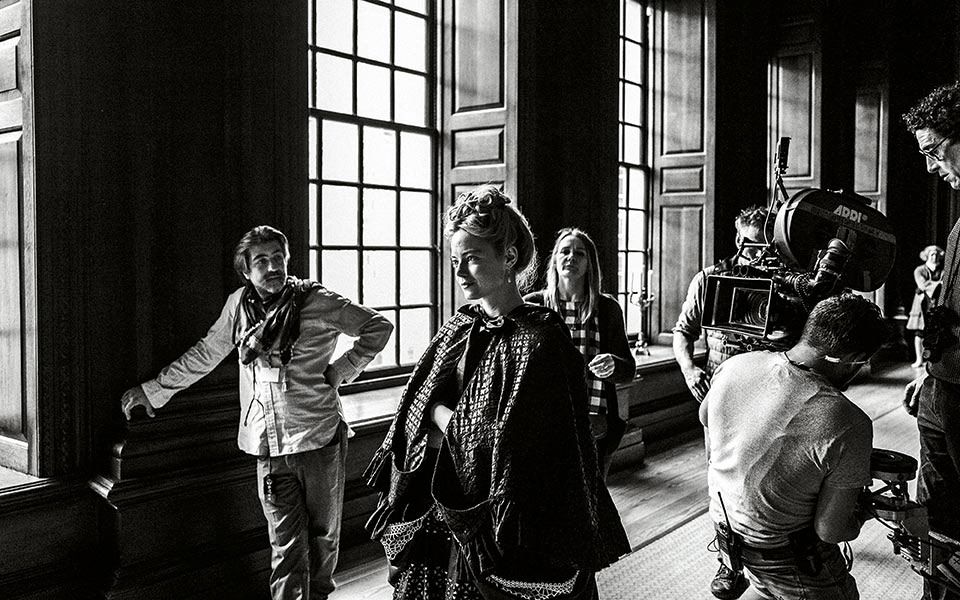
Emma Stone was nominated for an Oscar for her roles as Abigail Masham in the favourite
© 2018 Twentieth Century Fox Film Corporation All Rights Reserved
In addition to the nominations for the three actresses, The Favourite and Lanthimos have been nominated for the biggest awards of the Oscars: those of Best Picture and Best Director (Lanthimos is the third Greek director to be nominated for the award, following Michael Cacoyannis and Costa-Gavras). It has also been nominated in the categories of Cinematography, Film Editing (for Yorgos Mavropsaridis), Production Design, Original Screenplay and Costume Design. For the last, the nominee is Sandy Powell, who already has three Academy Awards. In designing the 183 costumes for The Favourite, she aimed to add a modern dimension to the fashion of the era.
“Giorgos (Lanthimos) didn’t want anyone walking around as if they were indeed wearing period costume. He wanted everyone to look realistic and natural. He came to me with a lot of pictures, all very different – some even from fashion shoots, while one of the films we discussed and which had inspired him most was the Ingmar Bergman film Cries and Whispers. That was my main guide for what this movie should look like,” said Powell, adding that she sought to work on the film because of Lanthimos. “I knew he would do something interesting,” she says, “and not a conventional period film.”
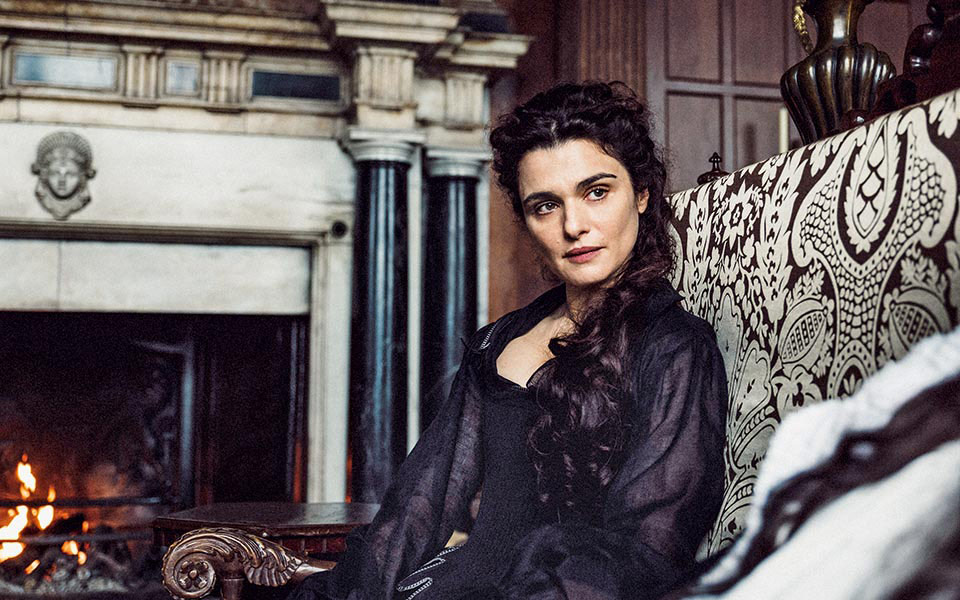
"The Favourite" in which Rachel Weisz plays the role of Lady Sarah Churchill, Duchess of Marlborough is her second collaboration with Yorgos Lanthimos,
© 2018 Fox Searchlight Pictures
It’s noteworthy that in just a few years, this 45-year-old director has become someone who many top professionals in the film business want to work with. “He has an unusually powerful, complex and intriguing imagination,” said Weisz, who also worked with Lanthimos on The Lobster, as did Colman. “When you do a Lanthimos film, you feel like you’re entering a fantasy where he is your guide, although he doesn’t necessarily tell you where to go.”
For her part, Colman describes the director as a “big, polite bear,” adding, “You want to impress him. And he wants you to be human and real, so that’s what you do.”
For three weeks, the actors rehearsed and did acting games together, in order to develop a sense of familiarity and a naturalness in their interactions, getting over any inhibitions.
“It was weird and not weird,” Emma Stone said about the experience. “We all really learned to be embarrassed in front of each other and rely on each other.”
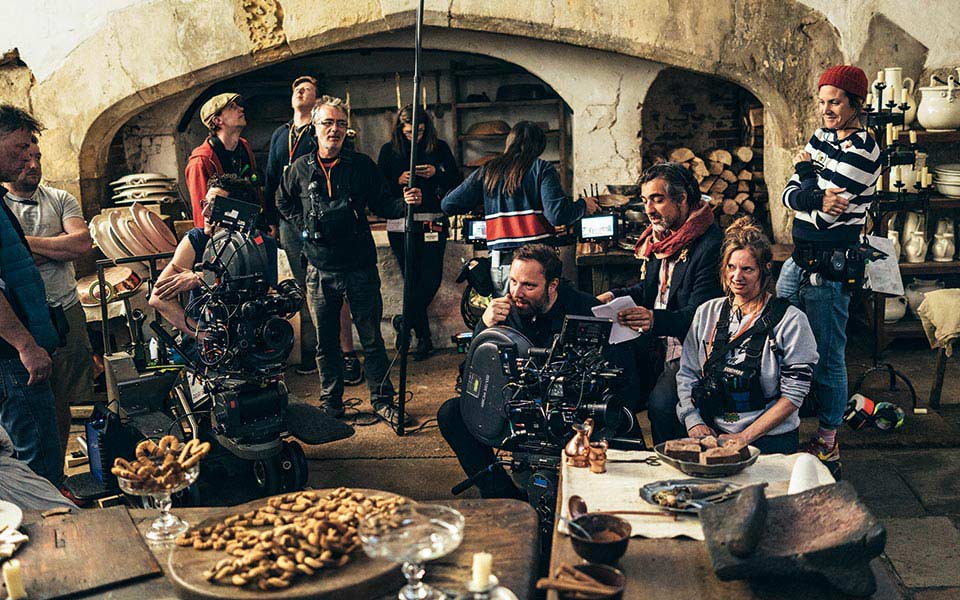
Yorgos Lanthimos on set during the filming of "The Favourite"
© Atsushi Nishijima / 2018 Twentieth Century Fox Film Corporation All Rights Reserved
“He’s not the type of director who will shower you with praise. If he moves on, you know he got what he wanted,” said Nicholas Hoult, who plays the character of Robert Harley, a prominent politician of the time. He adds: “He’s not as crazy as one might imagine after watching his films.”
It’s an interesting comment. Lanthimos built his reputation making “weird” films, full of odd ideas, paradoxes and outrageous behaviors. What he is drawn to is observing the ineptness and clumsiness of human communication.
“In the right context, nothing is excessive,” he has said, “Everything has happened, even in real life, so there’s no risk of overdoing it. All you can do is filter what you see and choose what to share with others.”
And that, in a way, is how he invented his unique cinematic universe, with a large portion of the credit also going to screenwriter Efthymis Philippou. The Favourite is the first of Lanthimos’ films on which they didn’t collaborate, which may be the reason it looks a bit different to the others. However it still reflects the style of the director, who turned a period story into a dark comedy.
In any event, there has been a journey, an evolution. Lanthimos’ arrival at the Oscar’s, and his reputation as one of the most interesting directors in the world wasn’t built overnight.
And it is very valuable for us, the domestic audience, to see how he worked his way through the Greek “system” filming music videos and adverts until he could make his first feature film, (Kinetta, in 2005) and of course, Dogtooth in 2009, which propelled his international career.
That film appeared in movie theaters without drawing much attention, as is usually the case with low budget Greek productions without star names. But it was impressive how by word of mouth the message got around that this was something truly rare, how it started to be screened everywhere, and to be discussed among friends, how it provoked and divided opinion, how ten years later we still remember lines from it, as well as how it shaped the evolution of Greek cinema.
Dogtooth‘s nomination for the Oscar for Best Foreign Language Film, opened the door to an international career, which Lanthimos successfully built outside of Greece. His next three films, Alps, The Lobster and The Killing of a Sacred Deer earned him plaudits and awards, and a growing global following who now eagerly await his films – the most important achievement for any director.
The Favourite premiered in Greece on the day of the funeral of Lanthimos’ father, Antonis Lanthimos, a former international basketball player. At the premier, the visibly moved director was there and gave a brief speech: “It’s a very strange day for me, since, as you know, my father’s funeral was today. But if there’s one thing I know about him, it’s that he spent his life having fun, having as great a time as possible until the very end, and that’s what I want you to do today: have a good time, have fun, laugh, cry, and have a really good evening.”
And that is, without exaggeration, the essence of cinema, and the essence of life itself.
This article was first published in Greek in Kathimerini newspaper’s “K” magazine.
Discover Greece’s islands in September with...
A journey through Hania’s Venetian past,...
A brave history and uniquely beautiful...
What to do and where to...